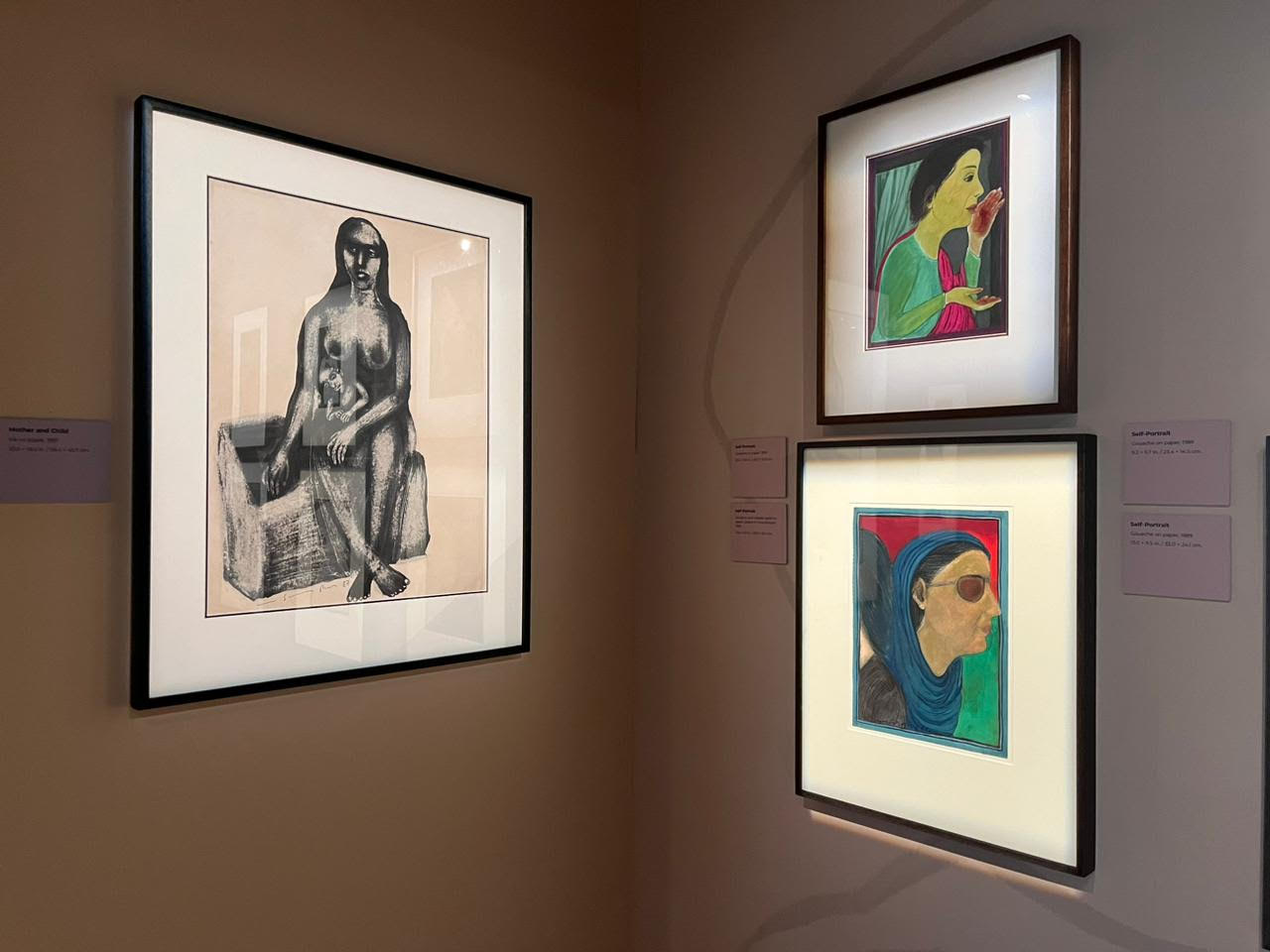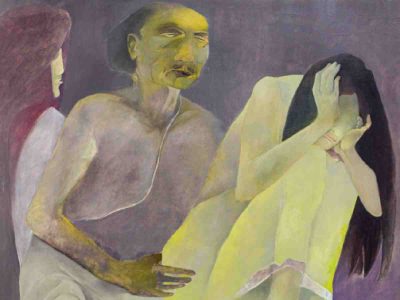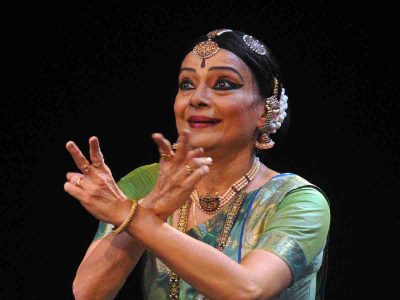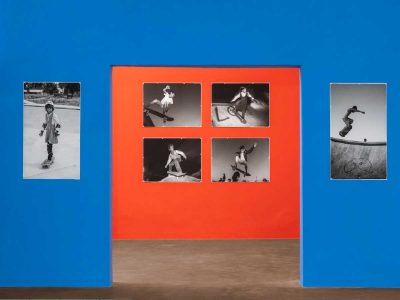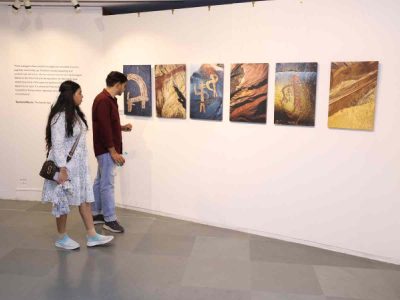By Tanisha Mendirata and Pankhuri Jha
Delhi Art Gallery has put up an exquisite series of artworks by the late Gogi Saroj Pal, who died at the age of 78 in January this year. Her artwork combines fantasy and reality. where she questioned and reimagined how both gods and women are depicted.
Gogi’s women are almost always depicted naked, probably an attempt to subvert the male gaze. Known as the first ‘feminist’ woman painter in modern Indian art, Gogi’s colourful and thought provoking works focus on varying aspects of womanhood from freedom to sexual desire, an agency to power.
Her work frequently delves into issues surrounding femininity, societal roles and personal identity. She often draws on Indian mythology and folklore reinterpreting traditional narratives to highlight contemporary concerns.
‘Kamadhenu’ series of paintings created between 1989 to 1998 features the mythical wish fulling cow of the same name, Gogi creates a woman half bovine creatures lead out in traditional finery reflecting constructive roles into which the society forces women.
Gogi’s artwork is characterised by its bold use of color and intricate detailing. She employs a variety of mediums, including painting, drawing, and printmaking. Her style combines elements of realism and abstraction, creating a unique visual language that is both striking and thought-provoking.
Her all blue figure titled ‘I Will Draw My Own Laxman Rekha’ defies conventions of patriarchy with her wide legged stance. Another figure, painted bright green and standing atop a yellow lioness as opposed to the traditional lion, is a carry-on from Gogi’s ‘Hathyogini’ series.
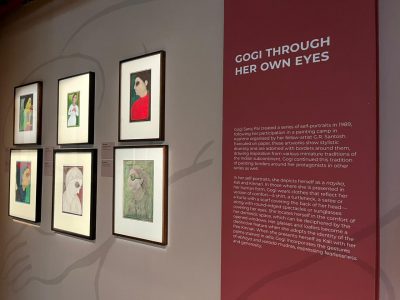
The Hathyogini series is Gogi’s way of portraying the goddess in a more gentle yet subversive avatar. Both sculptures in the exhibition focus on a strong female protagonist with Gogi’s signature elements on display. There are bright colors, voluptuous curves, reddened lips, alta laden in hands and feet, and one of them is complemented with flowing open hair.
Perhaps the most fascinating of her mythological feminist creatures are the women bird winged hybrids known as Kinnaris.
In a new vividly painted large canvases titled homecoming, these Kinnaris are depicted flying over lush, green forests in search of their home. Her dancing horse depicts a similar quandary.
In certain North Indian traditions horses are trained to dance at weddings. Gogi feels this practice goes against the very nature of the animal. This questioning is a very strong part of what she paints.
During her childhood in Kangra, she witnessed the migration of Buddhist monks to Dharamshala in the late 1950’s, the painting series ‘Young Monks’ is a testament to the role migration and displacement played throughout her artistic career.
Gogi’s practice always stood apart as her feisty personality fueled her work with passion and positivity. Even as it is set no store by patriarchy.

